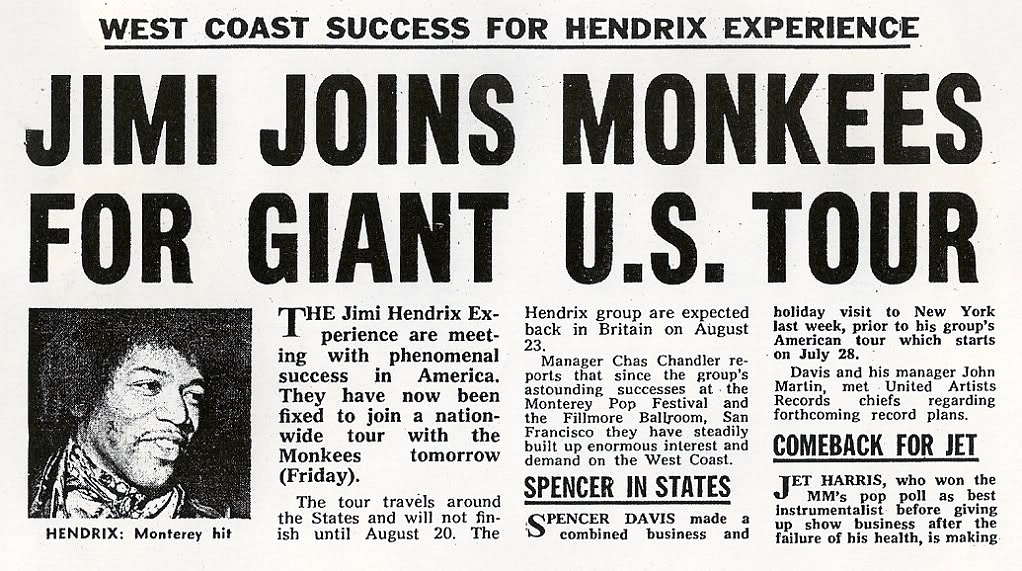“We’re on the cusp of something exhilarating and terrifying.”
The year is 1999 and David Bowie, in shaggy hair and groovy glasses, has seen the future and it is the Internet.
In this short but fascinating interview with BBC’s stalwart and withering interrogator cum interviewer Jeremy Paxman, Bowie offers a forecast of the decades to come, and gets most of it right, if not all. Paxman dolefully plays devil’s advocate, although I suspect he did really see the Net as a “tool”– simply a repackaging of an existing medium.
“It’s an alien life form that just landed,” Bowie counters.
Bowie, who had set up his own bowie.net as a private ISP the previous year, begins by saying that if he had started his career in 1999, he would not have been a musician, but a “fan collecting records.”
It sounded provocative at the time, but Bowie makes a point here that has taken on more credence in recent years–that the revolutionary status of rock in the ‘60s and ‘70s was tied to its rarity, that the inability to readily hear music gave it power and currency. Rock is now “a career opportunity,” he says, and the Internet now has the allure that rock once did.
What Bowie might not have seen is how quickly that allure would wear off. The Internet no longer has a mystery to it. It’s closer to a public utility, oddly a point that Bowie makes later when talking about the invention of the telephone.
Bowie also approved of the demystification between the artist and audience that the Internet was providing. In his final decade, however, he would seek out anonymity and privacy, dropping his final two albums suddenly without fanfare and refusing all interviews. He also didn’t foresee the kind of trolling that sends celebrities and artists off of social media.
Paxman sees the fragmentation of the Internet as a problem; Bowie sees it as a plus.
“The potential of what the Internet is going to do to society, both good and bad, is unimaginable.”
There’s a lot more to unpack in this segment, and let your differing viewpoints be known in the comments. It’s what Bowie would have wanted.
Related Content:
David Bowie on Why It’s Crazy to Make Art–and We Do It Anyway (1998)
How David Bowie Used William S. Burroughs’ Cut-Up Method to Write His Unforgettable Lyrics
Ted Mills is a freelance writer on the arts who currently hosts the artist interview-based FunkZone Podcast. You can also follow him on Twitter at @tedmills, read his other arts writing at tedmills.com and/or watch his films here.









